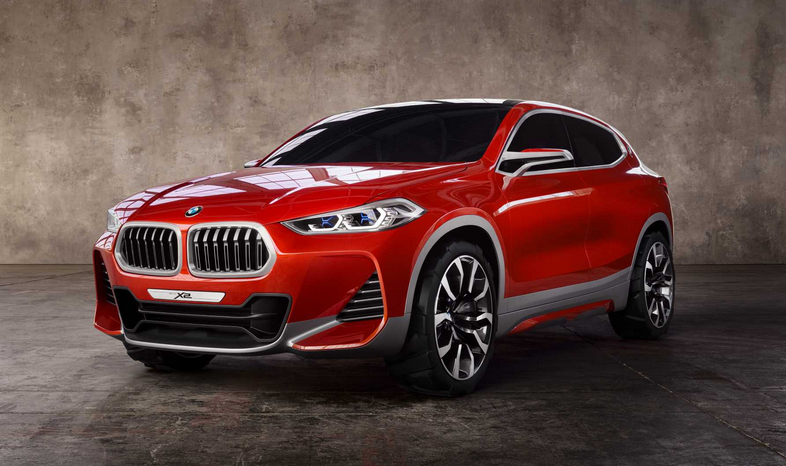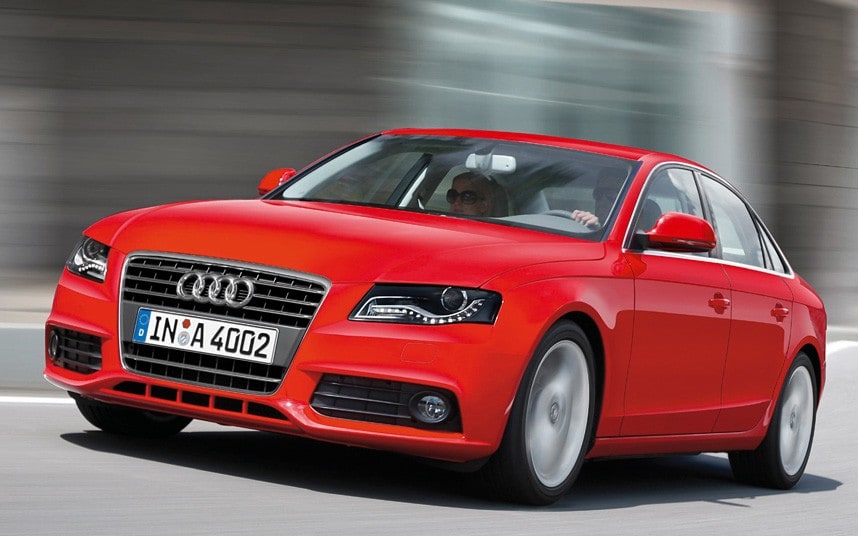EB Turbo PureTech engine: the new-generation petrol turbo engine

PSA Peugeot Citroën inaugurated the production line for the new EB Turbo PureTech engine at the Française de Mécanique plant in Douvrin, northern France on 29 October 2012. The new three-cylinder petrol engine combines compact dimensions and light weight with breakthrough performance for the capacity level.
The Best Things Come in Small Packages
PSA Peugeot Citroën used a three-cylinder architecture and a range of technologies to meet demanding technical specifications and ensure outstanding at-the-wheel pleasure:
- Reduced fuel consumption and CO2 emissions
- Designed for uncompromising reliability
Reducing fuel consumption and CO2 emissions
Performance though downsizing. The EB Turbo PureTech engines were designed with a high specific performance level to increase yield while reducing capacity. The engines stand as PSA Peugeot Citroën’s finest achievement thus far in downsizing and illustrate the Group’s extensive know-how in direct-injection turbo engine production (the EP 1.6 l THP engine has won seven awards in the category). The EB Turbo PureTech 1.2 l engines will reduce CO2 emissions by 18% compared with today’s 4-cylinder engine, while providing true driving pleasure thanks to generous torque at the lowest engine speeds.
Using a new-generation, high-yield turbo (240,000 rpm), the EB Turbo PureTech unit strikes an ideal compromise between low-speed torque and power, with 95% of torque available from 1,500 rpm through to 3,500 rpm.
Optimised combustion
The combustion system was honed to fully capitalise on the engine’s technologies, including the adoption of centrally positioned, high-pressure 200 bar direct injection. The position of the injector, the shape of the spray (thanks to laser technology), the management of injection pulses (up to three injections per combustion) and the injection pressure (up to 200 bar) ensure optimal spraying in the combustion chamber, the result being the best combustion possible. Fuel consumption and pollutant gas emissions were cut drastically by optimising the internal aerodynamics of the combustion chamber and using a variable intake and exhaust timing system.







